AMD and Intel both make good laptop chips now. Which one is best for you? We’ll break it down here.
AMD
Today’s Best Tech Deals
Picked by PCWorld’s Editors
Top Deals On Great Products
Picked by Techconnect’s Editors
Show More
What’s the best CPU to get in your next laptop? That question became a lot harder to answer earlier this year when AMD unleashed its Ryzen 4000 mobile CPUs, finally bringing some real competition against Intel’s Core product line. If that weren’t enough, Intel has multiple generations of Core mobile CPU on the market, each with specific strengths and weaknesses.
We’re here to help you navigate this chaotic landscape, but without thousands of words and stacks of charts. We’ll start with a quick primer on the strengths and weaknesses of each chip, then we’ll discuss how to pick the right one for you. To keep this from getting too overwhelming, we’ll stick only to the CPUs that typically go into three-pound, thin-and-light laptops, rather than get into thicker and heavier gaming laptops.
If you want to get deeper into the weeds of each CPU we discuss, check out the reviews we’ve written about them:
- Intel 11th-gen Tiger Lake preview
- Intel 10th-gen Ice Lake preview
- AMD Ryzen 7 4700U review
- AMD Ryzen 7 4800U preview
- Intel 10th-gen Comet Lake and Ice Lake buying guide
- Intel 8th-gen Kaby Lake R Review
Does it even matter which CPU you have?
Before you go on, keep in mind that paying for more performance if you don’t actually use it is often a waste of money. The truth is that for most people who browse the web, check email, watch YouTube or run Microsoft Office, just about any modern Core or Ryzen CPU with an SSD and enough RAM offers more than enough performance.
Rather than worrying about how the CPU was manufactured, or about some special feature it has, you may get more satisfaction by prioritizing the screen, keyboard, design and price. This is especially true for 13-inch laptops.
There are still real upsides to a faster CPU. Zoom video conferencing, for example, will not let you turn on its nifty virtual background feature without a newer quad-core CPU. Gaming is faster on newer chips, multi-tasking is better, and heavy content editing will, indeed. run faster on a new CPU.
One last warning: This guide is based on the performance of the Ryzen 7 or Core i7 versions. Lower-end models typically give you fewer cores, and slower graphics.
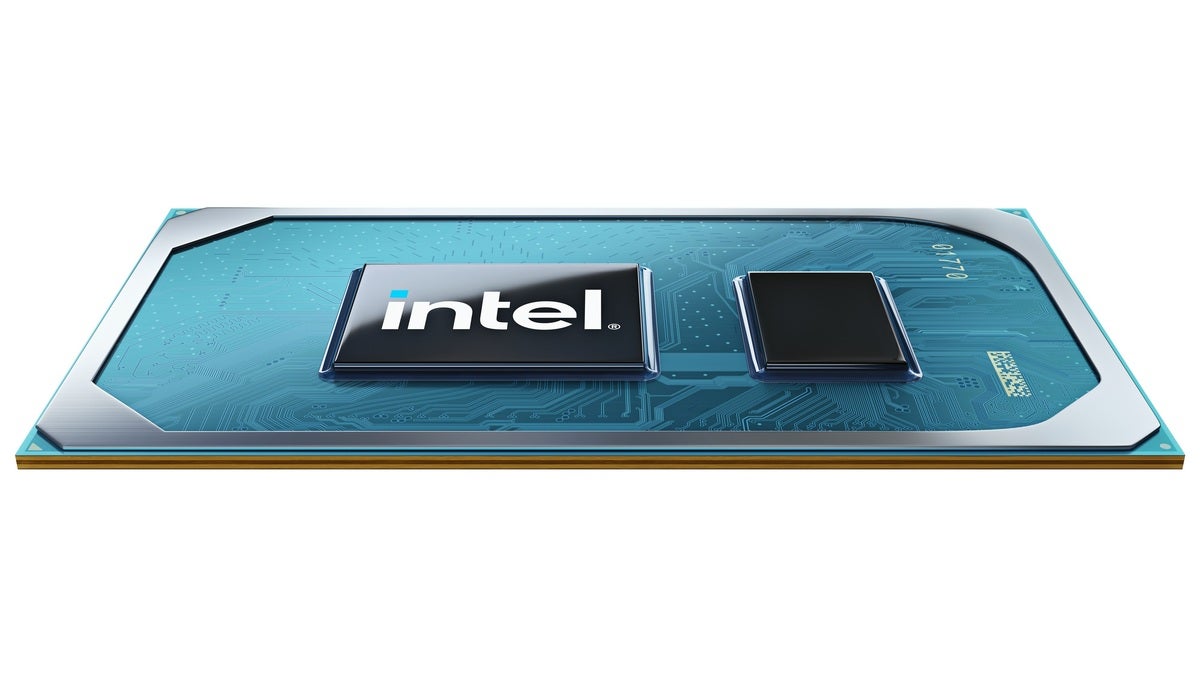 Intel
IntelIntel’s 11th gen “Tiger Lake” features Iris Xe graphics, improved AI performance and can hit very high clock speeds with its four cores.
Intel 11th-gen ‘Tiger Lake’
Intel’s 11th-gen Tiger Lake CPU family is the company’s newest chip, built on a 10nm process with “SuperFin” technology. Besides giving you more megahertz, it also features an all news graphics core called Iris Xe.
Example model: Core i7-1185G7. You know this is an 11th-gen CPU, by, well, the ’11’ in the four digits after the Core designation. Larger numbers means more performance on the CPU side. For graphics, the G and a larger number means more performance. So far, there are only G4 and G7.
Strengths: The main strength of 11th-gen chips that most will feel is in pure megahertz. The CPU can reach 4.8GHz on very easy tasks, and 4.3GHz on more CPU-intensive tasks. This typically gives 11th-gen laptops an edge in Microsoft Office and other light-duty tasks.
The second strength of 11th-gen CPUs is AI performance, where it excels over older Intel CPUs for doing such things as using AI to sort your photos or upscale a video.
Perhaps the biggest appeal of 11th-gen CPUs with G7 graphics is the graphics engine. It’s basically the fastest integrated graphics today and can give GeForce MX GPUs a run for the money.
Weaknesses: The main weakness with 11th-gen is that it has “only” four cores. That weakness is really only against AMD’s Ryzen 4000 series though which feature from four to eight cores. Intel’s newest 11th gen, however, easily matches or sprints away from its 10th gen siblings–even those with 6-cores.
Recommended use case: Intel’s 11th -gen Tiger Lake essentially supersedes all previous Intel chips for basically all needs. Graphics performance on the G7 chips leads even AMD’s CPUs and laptops using Iris Xe can even run recent AAA games with a few compromises. The CPU should also be the snappiest in most tasks such Office, browsing and even many photo chores. Although still rare, advanced AI-accelerated applications also favor Tiger Lake. It’s arguably the best overall CPU in laptops today for what most people do on small laptops.
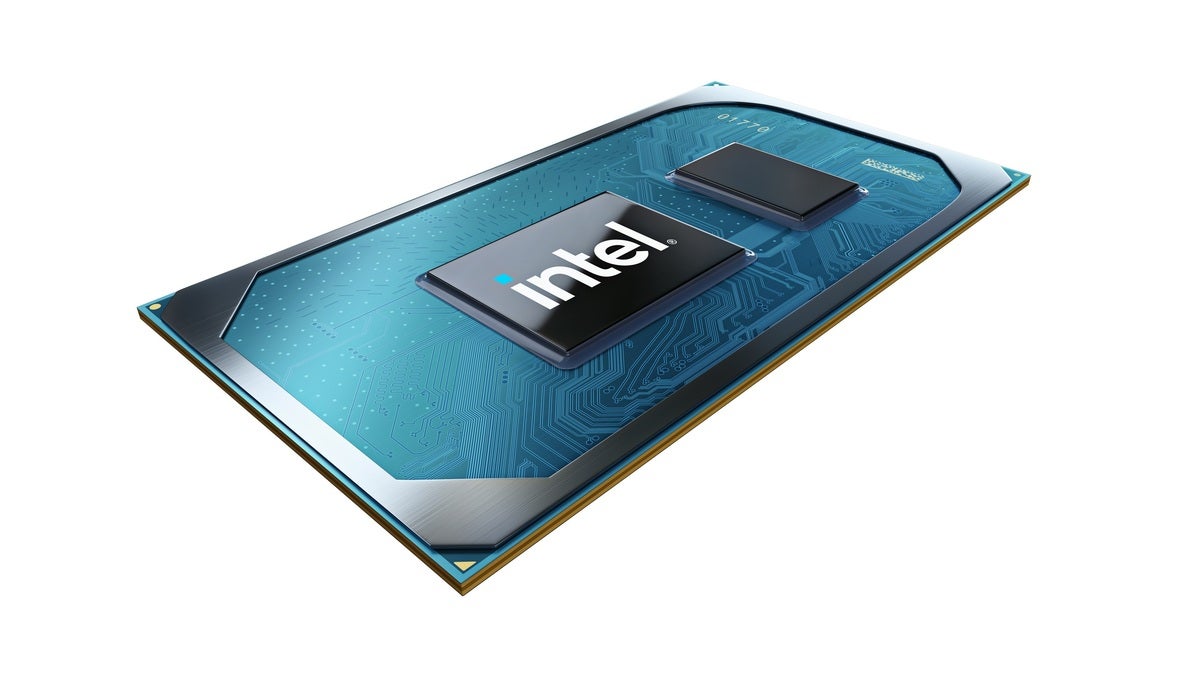 Intel
IntelIntel’s 10th gen “Ice Lake” chip was its first widely-used 10nm chip. While an improvement, it’s inability to hit higher clock speeds and AMD’s Ryzen 4000 have taken the shine off this chip.
Intel 10th-gen ‘Ice Lake’
Ice Lake was Intel’s first 10nm CPU. It featured an updated graphics engine, too. Ice Lake also brought the first laptop chip with support for AI and redesigned cores as well.
Example model: Core i7-1065G7. You can tell this is a 10th-gen by the four digits after the Core designation. A larger number means more performance. For example, the third digit denotes power level, so an 8 uses more power than a 5. With graphics, there are three levels from G1 to G7, with bigger numbers meang better performance.
Strengths: The 10th gen’s main strength is its improvement in efficiency. Despite not hitting the high clock speeds or megahertz of Intel’s other 10th-gen chips, performance didn’t suffer as you might expect. The chips support DL Boost, whichhelped with AI image processing. New graphics core were also much improved over the company’s very tired HD and UHD graphics too.
Weaknesses: Intel’s 10th-gen Ice Lake series’ main weakness is the lack of CPU cores, topping out at four. Against its 10th gen-sibling, it didn’t look too bad, but AMD’s Ryzen 4000 changed the game in the amount of CPU cores a consumer could expect in a thin-and-light laptop. Combine that with its relatively low clock speed, and Ice Lake’s only redeeming quality is it generally was the CPU of choice for most luxury laptops and offers better graphics performance over Intel’s UHD graphics.
Recommended use case: Intel’s 10th-gen is a fine CPU for general use, lighter-duty gaming, and advanced AI workloads. The 11th-gen Tiger Lake is preferred to it, but for someone looking for a premium laptop for Office, browsing and photo editing, it’s still a very good CPU.
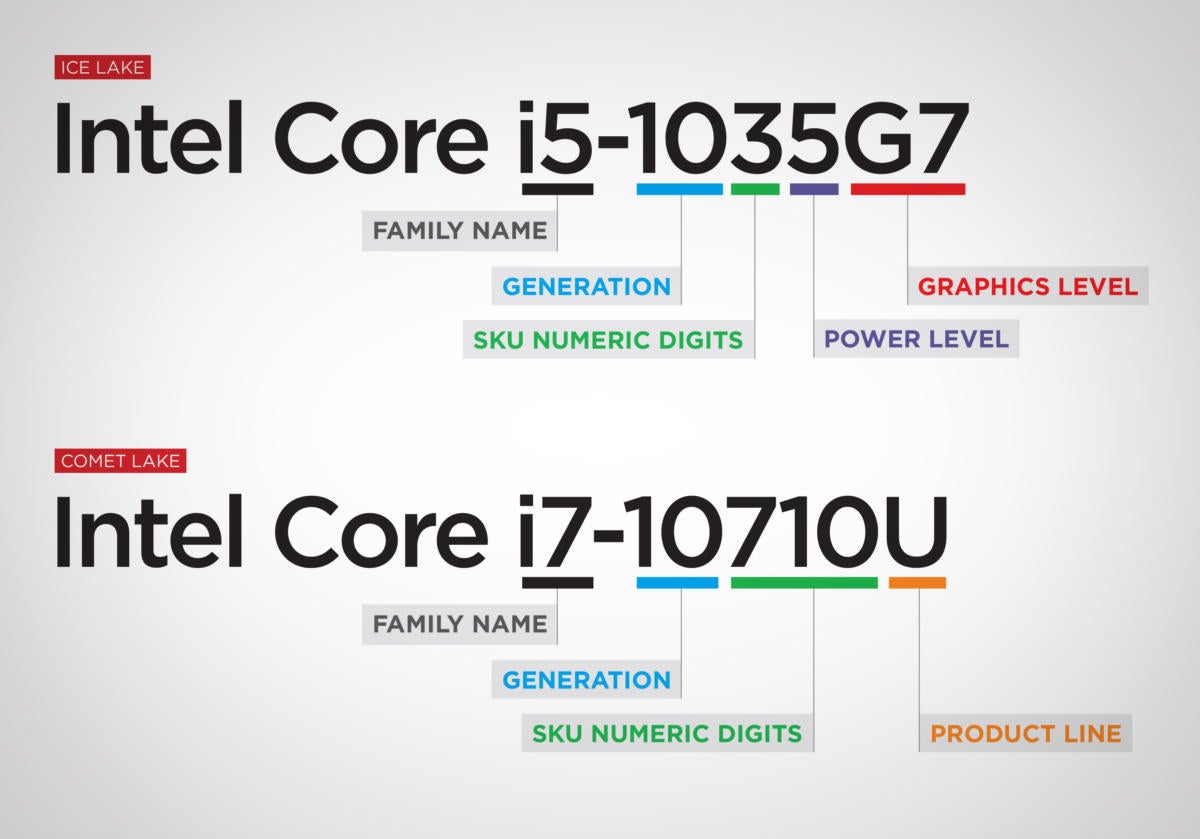 Rob Schultz / IDG
Rob Schultz / IDGIntel’s use of 10nm 10th gen and 14nm 10th gen made for a confusing mess for consumers.
Intel 10th-gen ‘Comet Lake U’
Intel’s 10th-gen family gets a bad rap because of the confusion Intel created by releasing an advanced 10nm 10th-gen chip along with a 10th-gen chip using older technology. It got so confusing, we even wrote a story on how to pick the best 10th-gen CPU.
Example Model: Core i7-10710U. The 5 digits in the Comet Lake U family tell you that it’s built on older 14nm technology. Graphics on the chips were all universally mediocre. As is with other CPUs, the larger number denotes more performance.
Strengths: The 10th-gen Comet Lake U is, for the most part, a direct descendant of the 8th gen “Whiskey Lake U,” and most of the CPUs offer virtually the same performance. The one standout was the Core i7-10710U, which had six-cores and Hyper-Threading. It also had a decently high Turbo Boost of 4.7GHz too.
Weaknesses: The 10th-gen Comet Lake U gave you essentially the same graphics core as the previous five generations of CPUs. On CPU performance, Comet Lake U’s older 14nm technology also meant it could not run at very high clock speeds for very long. Even worse, using all six cores simultaneously drove the chip to the point of exhaustion.
Recommended use case: If all you want is good-enough performance and don’t care about gaming, multi-core, or AI, Comet Lake U is good candidate. If that doesn’t sound like a ringing endorsement, it’s because it isn’t. This chip has not aged well, and 11th-gen Core and Ryzen run circles around it. The honest truth is that for most people–this is still more than enough performance.
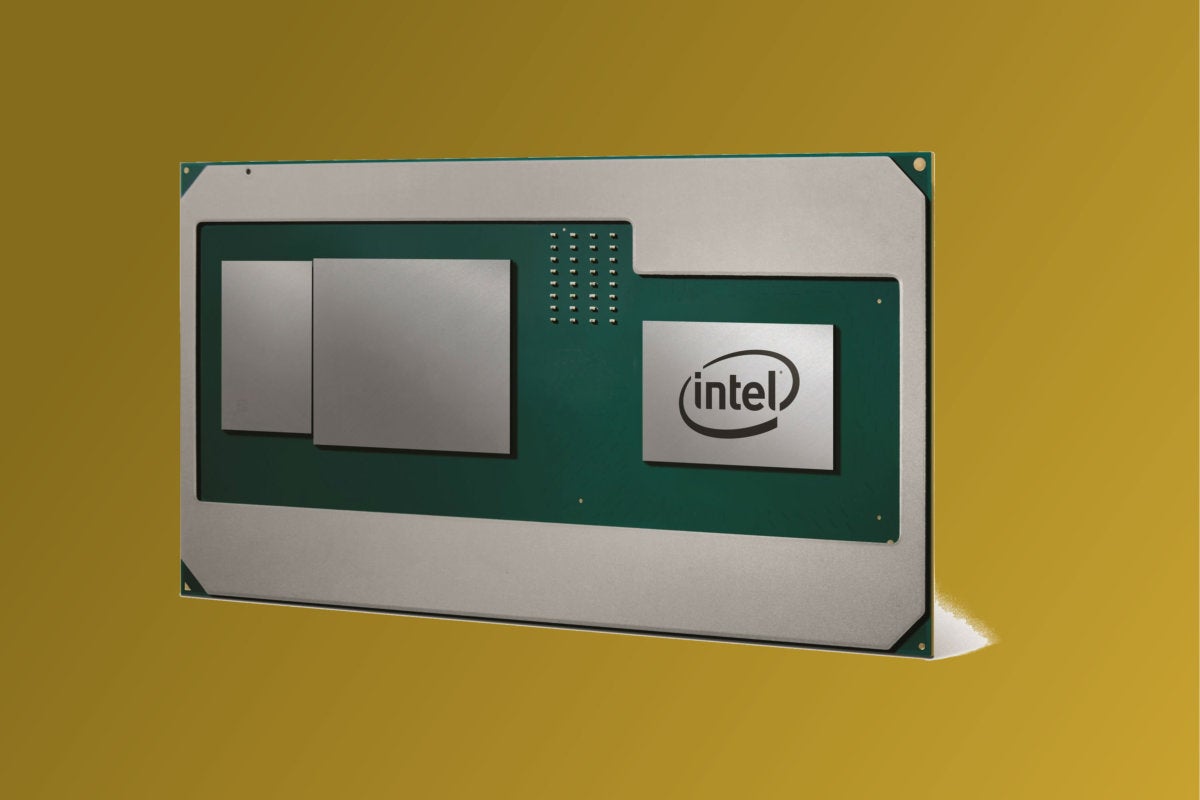 Intel
IntelIntelIntel’s 8th-gen series bolted on more cores compared to its 7th-gen predecessors, but kept the same anemic graphics.
Intel 8th-gen ‘Whiskey Lake’
Intel’s 8th-generation CPU sounds old, but it’s still being sold in many new laptops. It’s built on an older 14nm technology, it doesn’t have the cores of Ryzen, the clock speeds of Tiger Lake, or the gaming chops of either. Even more confusing, the 8th-gen Whiskey Lake chips are still on sale in many, many laptops. And yes, Intel actually had two different 8th-gen chips, the more current “Whiskey Lake” and the older “Kaby Lake R” under the same umbrella.
Example Model: Core i7-8665U. Like all Intel CPUs, the larger the number, the higher the speed. The four digit number that starts with 8 tells you that it’s an 8th-gen chip. Graphics are essentially the same as in the previous 7th gen–nothing special.
Strengths: The main strength of the 8th-gen CPU is its corporate security and management features in many of the models still being sold. If, for example, you needed 10,000 laptops that can be centrally managed and secured, an 8th-gen corporate CPU is the way to go.
Weaknesses: From a performance standpoint, there’s simply nothing special about this 4-core chip anymore, beyond the fact that Intel turns on the corporate features on many of them. Graphics are mediocre, and it can’t hold the high-clock speeds of the newest CPUs, nor match a Ryzen 4000 in the number of cores.
Recommended use case: If you really don’t need a top-shelf CPU for most of what people do on a small laptop, this chip is still very solid. Yes, a new Ryzen or 11th-gen Core is much faster, but you’re unlikely to feel it all that much if all you do is run Outlook, Word and a browser and video conference. If you also need fleet management, the 8th-gen with vPro is still the go-to chip.
For a consumer, the main appeal of an 8th-gen Whiskey Lake laptop (or the few even older Kaby Lake R laptops out there) is that it’s still more than enough performance for what most consumers do on a laptop. It’s also a far, far better option than a lower-end Pentium N or Celeron N CPU, which we’d say is almost less than adequate for general use in Windows.
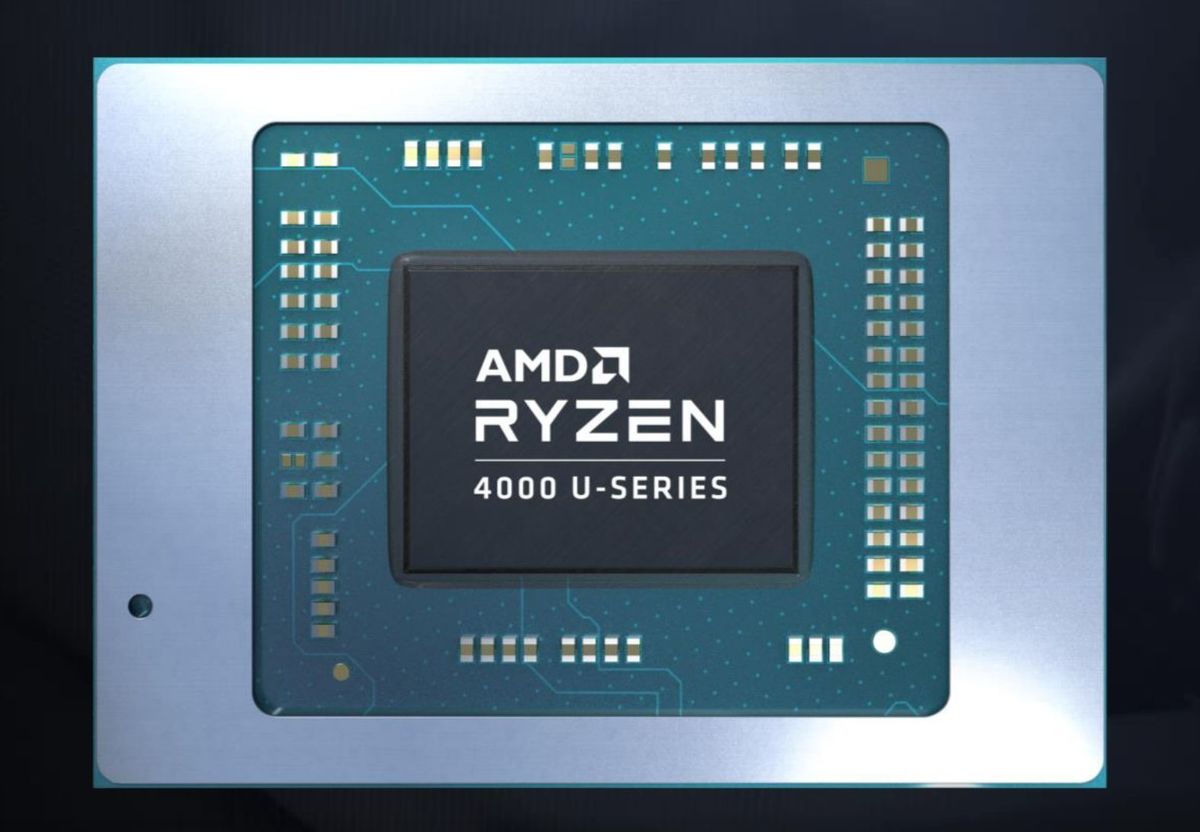 AMD
AMDAMD’s 7nm Ryzen 4000 is a game-changing CPU.
AMD Ryzen 4000
AMD’s Ryzen 4000 is indeed a game-changing CPU that made the company’s chips the superior choice at its debut. It has really strong graphics capabilities with its Radeon graphics cores, and stuffing 8 cores into a three-pound kitten.
Example Model: Ryzen 7 4800U. AMD adopts a similar model number schema as Intel’s, with the 7, 5, 3 family indicating best, better, good. The first digit in the model indicates the generation, which is 4th, with the following three numbers indicating better performance the larger the number gets. The ‘U’ at the end indicates the power class, which is 15 watts here. A gaming laptop would actually use the same chip, but tuned for more heat and get an ‘H’ instead.
Strengths: AMD’s Ryzen 4000 is built using an advanced 7nm technology, which let AMD put up to 8-cores in each CPU along with its Radeon graphics cores. The CPU is shockingly fast in multi-core performance and can even make much larger laptops using Intel CPUs sweat.
Weaknesses: Ryzen 4000 is so good, it almost didn’t have any weaknesses until Intel’s 11th-gen Tiger Lake showed up. Today though, we’d say Ryzen 4000’s weakness is lack of high clock speeds, and a blindspot in the still very rare arena of AI. Another weakness is that most applications are optimized for Intel, which has dominated laptops for decades.
Recommended use case: Ryzen 4000 can do it all, but it really shines in multi-core work such as CPU-based video encoding and editing, advanced photo editors, 3D modelling and other tasks that would have meant moving to a larger and heavier laptop before. Although Intel’s 11th-gen Tiger Lake might be preferable for Office and other light-duty tasks as well as gaming, Ryzen 4000 is more than fast enough. If you need cores and you want above average gaming, Ryzen is a superb choice.
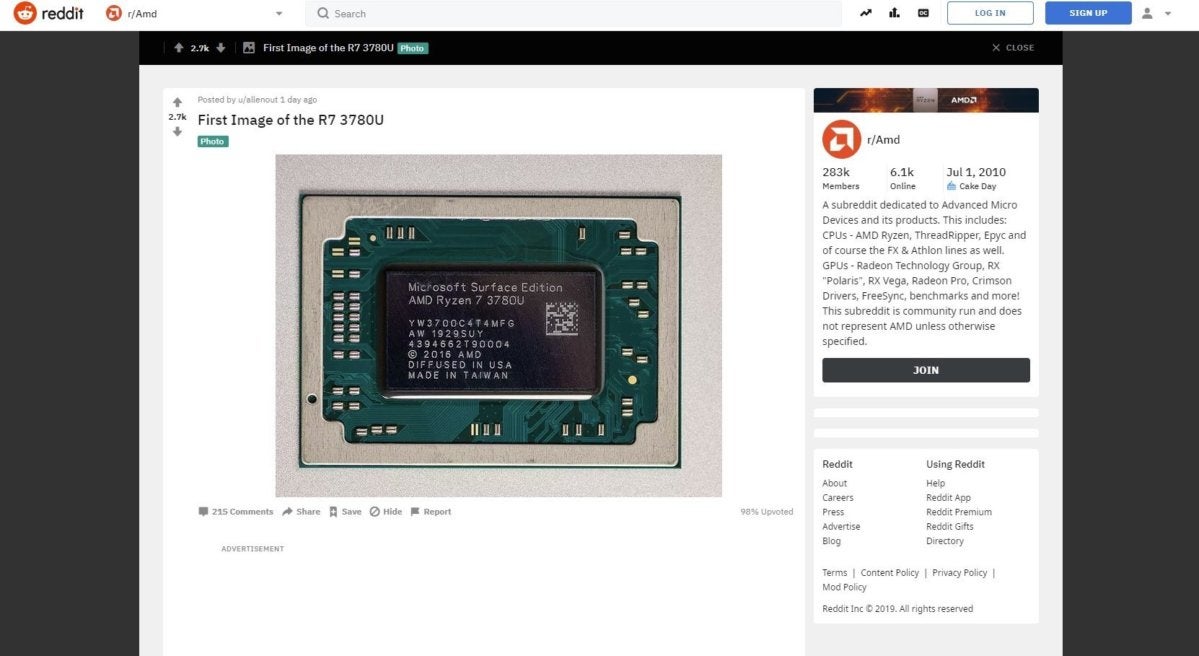 Reddit
Reddit A picture of the Microsoft Surface Edition Ryzen 7 3780U surfaced soon after the new laptop was released. It’ll feature a quad-core chip built on a 12nm process and up to 11 graphics compute units.
AMD Ryzen 3000 ‘Picasso’
AMD’s Ryzen 4000 gets all the love, but AMD’s Ryzen 3000 “Picasso” is still actively being sold in laptops such as Microsoft’s Surface Laptop 3. The older Picasso isn’t in the same class as it uses 12nm technology, and is limited to 4 cores.
Example model: Ryzen 7 3780U. AMD uses the familiar Intel-like 3/5/7 to denote good, better, best. The first digit in the model tells you that it’s 3rd-generation chip, while larger numbers indicate more performance. The ‘U’ tells us its a lower-power CPU.
Strengths: Ryzen 7’s strength was mostly in graphics where it held a lead over most CPUs with Intel HD graphics. It was also mostly competitive with Intel’s 10th-gen chips in compute tasks. And like Intel’s older CPUs, the vast majority of people never use a third the performance test, so it just doesn’t matter.,
Weaknesses: While generally OK, the Ryzen 3000 chip’s main weakness shows when compared to Intel’s 10th-gen Ice Lake chips, which has better all around performance from CPU to graphics. Far worse though is the battery life, which is unimpressive for Ryzen 3000.
Recommended use case: Like 8th-gen Whiskey Lake CPUs, Ryzen 3000 is best left to people that just don’t care all that much about performance. If a half second or slightly less responsiveness doesn’t matter to you, then like most users, you won’t be able to tell if it’s a Ryzen 3000 or Ryzen 4000 inside. And yes, battery life matters, but if that only counts when moving from the kitchen to the den, then it probably doesn’t matter all that much.
Note: When you purchase something after clicking links in our articles, we may earn a small commission. Read our affiliate link policy for more details.
One of founding fathers of hardcore tech reporting, Gordon has been covering PCs and components since 1998.

